We grow bonsai from thuja, with our own hands, at home and in the garden
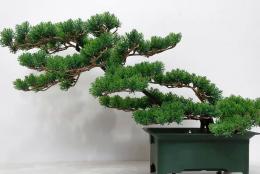
The oriental art of growing tiny trees is gradually gaining popularity in our country.
More and more gardeners are interested in growing bonsai from thuja and other coniferous and deciduous trees.
Content:
- A little history of the art of bonsai
- What does a thuja bonsai look like photo, what is the attractiveness of a miniature coniferous tree
- What tools are used for work
- Rules for the formation of a miniature plant, crown shape
- DIY thuja bonsai in the garden
- How to make a thuja bonsai with your own hands at home
- Where can I buy thuja bonsai?
- How to care for purchased and home-grown plants
- Is it possible to make a bonsai from spruce and juniper, what other trees are suitable?
A little history of the art of bonsai
The first mention of the style is found in Japan in the 8th-10th centuries. It’s as if “bonsai” comes from “pencai,” that is, “grown on a tray.”
Initially, the trees were grown to decorate the niches of houses and they did not exceed half a meter in height. Some believe that the art was invented by Buddhists, who believed that a gardener who cultivates trees using this technique becomes on the same level as a deity.
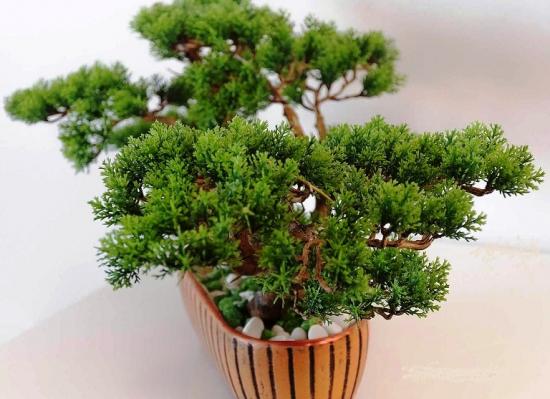
Nowadays for bonsai A variety of trees are used, the growth of which is artificially inhibited by pruning the root system and limiting the volume of the root area. Thus, in terms of the ratio of the underground and above-ground parts, the adult tree corresponded to a tree in natural conditions.
We invite you to watch a video about the art of bonsai and its types:
What does a thuja bonsai look like in the photo, what is the attractiveness of a miniature coniferous tree
On the Internet you can find a huge number of photographs of a miniature coniferous tree. The attractiveness of this plant is difficult to overestimate, since a tenfold smaller copy of an adult plant looks quite aesthetically pleasing.

Among other things, tiny conifers are distinguished by their strong energy. Placed in a home with positive energy, these plants can significantly improve the well-being of the family.
The attractiveness of this baby cannot be assessed only by aesthetic parameters, since the technique of growing it came from the east. Therefore, energetic and spiritual aspects must be inextricably linked with external attractiveness.
What tools are used for work
To work as efficiently as possible with thuja, it is important to always have a number of tools on hand. So, first of all, it is recommended to pay attention to the selection of devices for crown formation.
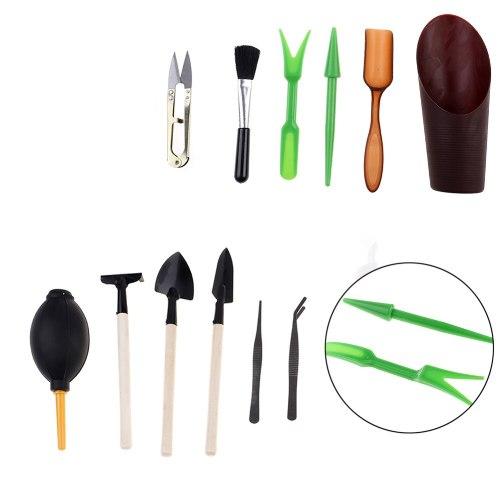
For this you will need:
- Concave cutters;
- Regular and curved scissors;
- Secateurs;
- Tweezers with claw;
- Small saw.
These simple tools can be purchased in every specialized store or online. And even if you have to spend a little money, the care will be correct and will not harm the seedling.
Rules for the formation of a miniature plant, crown shape
Since thuja reaches significant sizes in natural conditions, when forming the crown it is important to systematically trim the crown, not allowing it to grow too much.
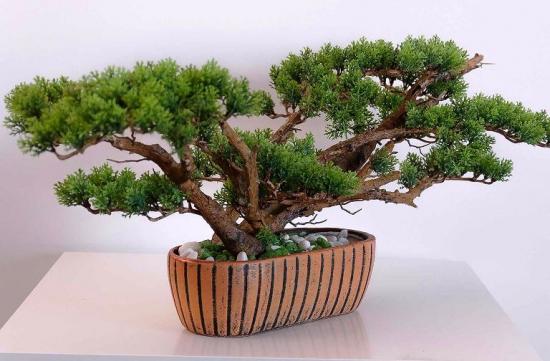
At the same time, it is important to pay attention to the condition of the needles; in a healthy plant they are always thick.
All crown forms can be divided into two types:
- Growing upward;
- Growing sewn in.
Often the second option is chosen for bonsai, since a small spreading tree looks much more profitable. In this case, the crown, through pruning, can be shaped into a cone or tiers to provide sufficient light and air.
Let's watch a video on how to grow thuja bonsai at home:
DIY thuja bonsai in the garden
Although some people believe that growing trees using this technique is only possible in pots, this is not entirely true. You can also grow bonsai in your garden.
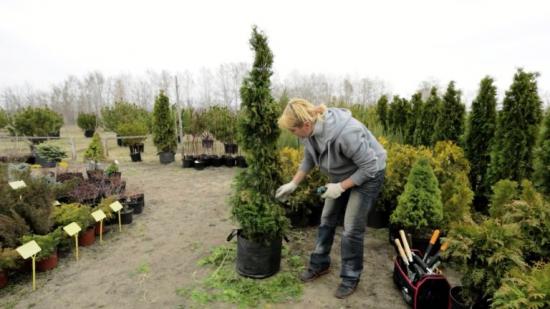
To do this you need:
- Select planting material and place it in water. This will help separate empty seeds that are unsuitable for sowing. After a couple of hours, drain the water along with the separated waste;
- To speed up germination, the selected seeds must be placed in a plastic bag and placed on the bottom shelf of the refrigerator. Over the course of several weeks, gradually move the bag higher and lower. So by the last day it should again be on the bottom shelf of the refrigerator;
- After being in the refrigerator, the seeds can be sown. Moistened sand or a special soil mixture are suitable for this. It is important that the substrate is suitable for the type of mini-tree; this is one of the most important aspects of growing a plant. So for thuja, clay and sand are considered the optimal mixture;
- After the seeds are planted, you must be prepared to wait, since the first shoots will appear no earlier than three weeks later. In this case, the seeds should be immersed in the substrate a couple of centimeters. First, the pot with seedlings must be taken out to a cool place for several hours, then brought back into the house and watered regularly;
- After the seedlings germinate, you need to wait until their height reaches ten centimeters. Only after this can they be moved to a permanent place in open ground;
- After transplanting, it is important not to forget to water and feed the seedlings from time to time. So in the spring, you need to fertilize once a month and water once a week.
After the plant is planted, you can proceed to the next stage - forming the crown and pruning the roots. The latter will begin in a few months.
How to make a thuja bonsai with your own hands at home
In order to form a certain direction of growth of the trunk, it must be wrapped with soft wire. At the same time, it is important to do everything as carefully as possible so as not to damage either the trunk or the branches, but only to give them the direction of growth.
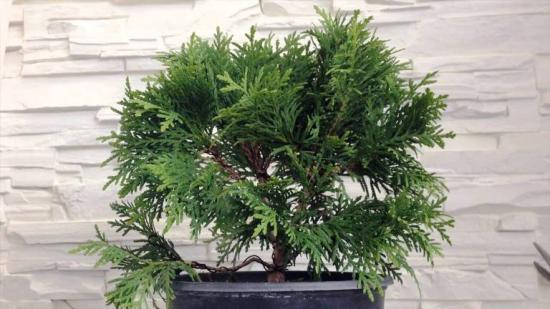
Don't forget about root pruning. At the same time, it is important not to shake off the earthen lump from it, but only to shorten the root a little. After this, return the tree to its place, sprinkle the area near the trunk with mulch and peat.
Three to four years after cutting the roots, it is necessary to remove the top bud. This will help activate the growth process of side shoots to form a beautiful and lush crown, which will form in a couple of years.
Where can I buy thuja bonsai?
Despite the fact that bonsai is a rather original technique for growing plants, not known to everyone, purchasing such trees is not so difficult. However, it is important to consider that the price can be steep.
The easiest way to purchase is the Internet. You can find many sites online that offer different options and types of plants. However, it is important to understand that buying online always involves some risk.
To minimize the danger, you should definitely pay attention to the reviews and rating of the site.
The best method is to find people in the city who grow such thujas or place an order through a specialized store. This will help minimize the risk of receiving a sick or damaged plant, or not seeing the order placed at all.
How to care for purchased and home-grown plants
The only difference between caring for a purchased plant and a home one is the need to replant the purchased one after purchase. In general, it is recommended to systematically replant dwarf thujas with the onset of warmer weather, before growth begins to intensify.
It is recommended to carry out a transplant:
- When transplanting into a container that will be two centimeters deeper than the previous one, it is necessary to have drainage;
- Fill a quarter of the container with clay, the rest with a special substrate;
- Before replanting, carefully trim the branching of the root, while simultaneously clearing the root of old soil, and then place it in a new substrate;
- After transplanting, water with plenty of water.
When caring for thuja, it is important not to forget about the need for sufficient lighting and systematic watering. This is a winter-hardy plant, so it is not afraid of cold weather, but the needles will begin to turn yellow from the heat. It is better to delete this one immediately.
Is it possible to make bonsai from spruce and juniper, what other trees are suitable?
It is not at all necessary to use thujas to grow a miniature tree. To create such a plant, almost any species is suitable, even those that grow in the wild. So bonsai is grown from coniferous, deciduous, and flowering species. Some gardeners can even grow them from herbaceous plants such as pine needles and moss.
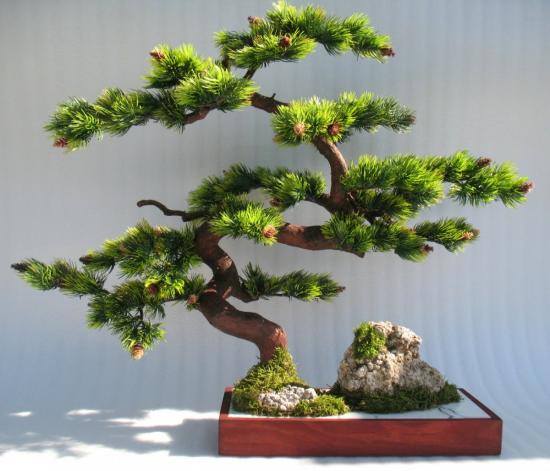
The most popular conifers, in addition to thuja, are juniper, spruce, pine and cedar. Regardless of which plant is chosen as the basis, if done correctly, it will look equally aesthetically pleasing.
Birch, maple, sakura, tangerine, and acacia are used as deciduous and flowering trees to form mini-copies. So, in fact, you can grow a mini-garden from those trees that are found right on the street.
Bonsai can be grown from almost any tree, you just need to put in a little effort and patience.
Conifers grow slower than deciduous ones, so for those who are willing to put in the effort but don't want to wait patiently, you can opt for deciduous forms.
Bonsai made from thuja and other trees is gaining well-deserved popularity throughout the country. Today, you can either purchase mini-trees or grow them yourself, spending only on seeds and tools.

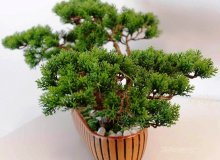
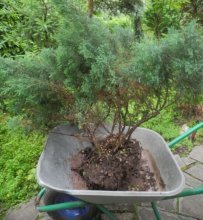

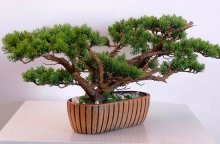
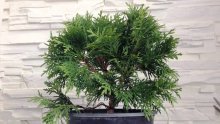
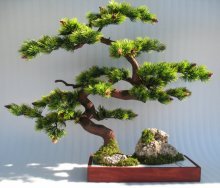
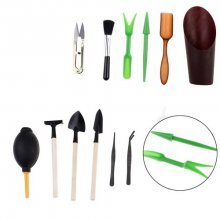
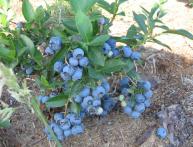
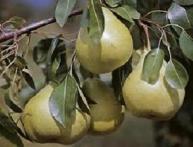
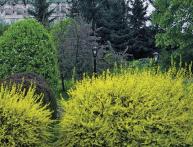

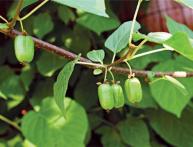
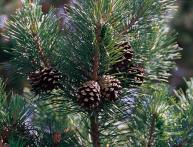
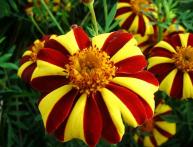
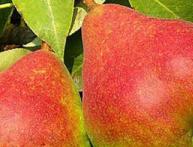
Comments
The bonsai technique is very interesting and unusual, but the tree subjected to such manipulations is under constant stress, because its branches and roots are regularly cut off and removed from the pot.